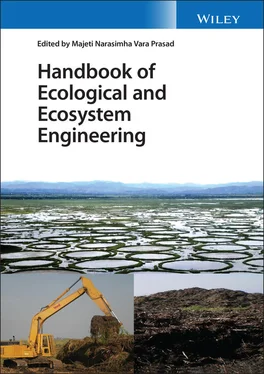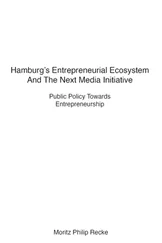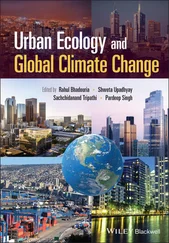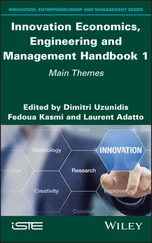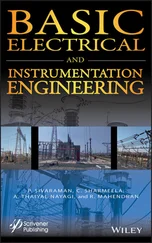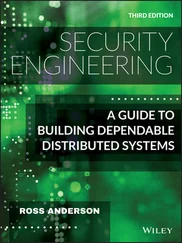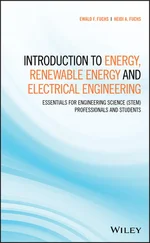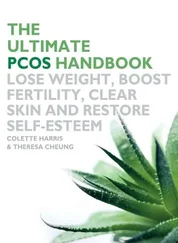160 160 Dickinson, N.M., Baker, A.J.M., Doronila, A. et al. (2009). Phytoremediation of inorganics: realism and synergies. Int. J. Phytoremediation 11: 97–114.
161 161 Fernando, A.L., Rettenmaier, N., Soldatos, P., and Panoutsou, C. (2018). Sustainability of perennial crops production for bioenergy and bioproducts. In: Perennial Grasses for Bioenergy and Bioproducts (ed. E. Alexopoulou), 245–283. UK: Academic Press, Elsevier Inc.
162 162 Pires, J.R.A., Souza, V.L., and Fernando, A.L. (2019). Valorization of energy crops as a source for nanocellulose production–current knowledge and future prospects. Ind. Crop. Prod. 140: 111642.
163 163 Fernando, A.L., Barbosa, B., Costa, J., and Papazoglou, E.G. (2016). Giant reed (Arundo donax L.).: a multipurpose crop bridging phytoremediation with sustainable bio‐economy. In: Bioremediation and Bioeconomy (ed. M.N.V. Prasad), 77–95. UK: Elsevier Inc.
164 164 Fernando, A.L., Duarte, M.P., Vatsanidou, A., and Alexopoulou, E. (2015). Environmental aspects of fiber crops cultivation and use. Ind. Crop. Prod. 68: 105–115.
165 165 Pascoal, A., Quirantes‐Piné, R., Fernando, A.L. et al. (2015). Phenolic composition and antioxidant activity of kenaf leaves. Ind. Crop. Prod. 78: 116–123.
166 166 Souza, V.G.L., Fernando, A.L., Pires, J.R.A. et al. (2017). Physical properties of chitosan films incorporated with natural antioxidants. Ind. Crop. Prod. 107: 565–572.
167 167 Souza, V.G.L., Rodrigues, P.F., Duarte, M.P., and Fernando, A.L. (2018). Antioxidant migration studies in chitosan films incorporated with plant extracts. J. Renew. Mater. 6: 548–558.
168 168 Pires, J.R.A., Souza, V.G.L., and Fernando, A.L. (2018). Chitosan/montmorillonite bionanocomposites incorporated with rosemary and ginger essential oil as packaging for fresh poultry meat. Food Packag. Shelf Life 17: 142–149.
169 169 Souza, V.G.L., Rodrigues, C., Ferreira, L. et al. (2019). in vitro; bioactivity of novel chitosan bionanocomposites incorporated with different essential oils. Ind. Crop. Prod. 140: 111563.
170 170 Zanetti, F., Monti, A., and Berti, M.T. (2013). Challenges and opportunities for new industrial oilseed crops in EU‐27: a review. Ind. Crop. Prod. 50: 580–595.
171 171 Righini, D., Zanetti, F., Martínez‐Force, E. et al. (2019). Shifting sowing of camelina from spring to autumn enhances the oil quality for bio‐based applications in response to temperature and seed carbon stock. Ind. Crop. Prod. 137: 66–73.
172 172 Hemida, A. and Abdelrahman, M. (2020). Monitoring separation tendency of partial asphalt replacement by crumb rubber modifier and guayule resin. Constr. Build. Mater. 251: 118967.
173 173 Ren, X. and Cornish, K. (2019). Eggshell improves dynamic properties of durable guayule rubber composites co‐reinforced with silanized silica. Ind. Crop. Prod. 138: 111440.
3 Environmental Issues and Priority Areas for Ecological Engineering Initiatives
Sanchayita Rajkhowa1, Nazmun Ara Khanom1, and Jyotirmoy Sarma2
1 Department of Chemistry, Jorhat Institute of Science & Technology (JIST), Jorhat, Assam, India
2 Department of Chemistry, Kaziranga University, Jorhat, Assam, India
What's the use of a fine house if you haven't got a tolerable planet to put it on?
Henry David Thoreau.
Familiar Letters of Henry David Thoreau , ed. Franklin Benjamin Sanborn, ©1894, Houghton Mifflin Harcourt.
The term ecological engineering was coined by Howard T. Odum as early as the 1960s, and thus he is regarded as the father of the field [37]. He suggested ecological engineering for “those cases in which the energy supplied by man is small relative to the natural sources, but sufficient to produce large effects in the resulting patterns and processes” [37]. Since then, an array of definitions of ecological engineering has been proposed by many researchers. Odum has proposed several definitions, such as “the management of nature…, an endeavour with singular aspects supplementary to those of traditional engineering” in 1971 [38] and “the engineering of new ecosystem designs…that use systems that are mainly self‐organizing” in 1983 [39]. His contemporary, Ma Shijun, is famous as the “father of ecological engineering in China” for presenting his concept and ideology regarding ecological engineering [26, 27]. Teal also presented a definition of ecological engineering: “to use ecological processes within natural or constructed imitations of natural systems to achieve engineering goals” [53]. In another report, ecological engineering is defined as “the design of sustainable ecosystems that integrate human society with its natural environment for the benefit of both” [34]. “The practice of joining the economy of society to the environment symbiotically by fitting technological design with ecological self design ” is another definition offered by Odum [40].
The basic idea of all these definitions is to create new designs to restore the ecosystem with sustainable development and help achieve harmony and integration of human society with Nature. The principles of ecological engineering combine the themes of basic and applied science to implement designing, contrasting, and restoring the ecosystem [49]. Engineering is a discipline that studies and solves technological problems. On the other hand, environmental engineering helps associate human society with the environment. This technology comprehends half of the interface while the other half is contributed by the self‐organizing ecosystem to complete the environment. Merging these two interfaces leads to ecological engineering, which uses natural resources with simultaneous economic growth for societal advancement. Figure 3.1represents the exchange of materials and services in the ecological engineering domain.
The International Ecological Engineering Society (IEES) was founded in 1991 to conduct ecological engineering activities worldwide to promote the exchange of ecological engineering problems between scientific and educational organizations, private enterprises, non‐governmental and governmental organizations; and to facilitate cooperation among engineers, ecologists, and other scientists. Ecotechnology is used as a synonym for ecological engineering in the eastern part of Europe, defining it as a technological means to understand ecosystem management–based ecology with minimal cost and limited harm to the environment [50]. A number of sub‐disciplines, synonyms, and amalgamations of the two fields, as well as fields similar to ecological engineering are found in literature, such as industrial ecology, engineering ecology, agroecology, restoration ecology, reclamation ecology, synthetic ecology, bioengineering, ecotechnology, and nature engineering; aquatic, terrestrial, and wetland restoration; biomanipulation; habitat reconstruction and rehabilitation; and so on.
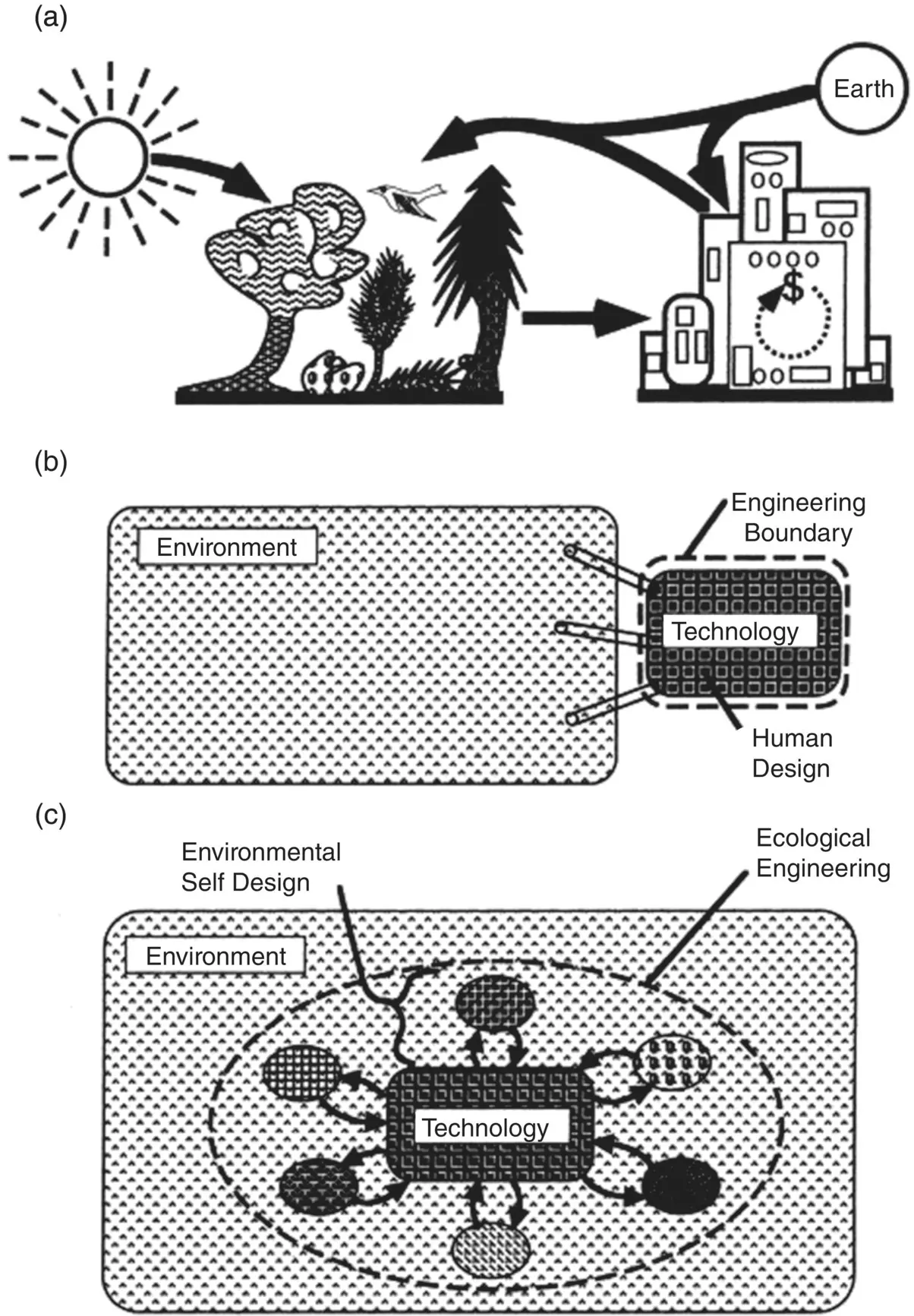
Figure 3.1 Sketches of the exchange of materials and services in the ecological engineering domain. (a) Unified system of environment and technology; (b) traditional boundary of environmental engineering design; (c) boundary of ecological engineering design.
Source: Odum and Odum [40]. © 2003, Elsevier.
The common aim of research by various groups with different backgrounds is to attain and promote the restoration 1 and management of the ecosystem. Advances in engineering and environmental sciences during the twentieth century have made an immense contribution to ecological principles. A holistic approach toward the restoration and management of the biosphere with advanced engineering problem‐solving skills has led to the synergistic co‐existence of Nature and developed societies. In the 1960s, contradictory statements were raised in scientific communities on introducing a similar discipline, especially when environmental engineering was already well established. This new discipline integrates science and technology, deals with sustainability and self‐designed ecosystem; and serving the purpose of remediation and prevention of environmental issues and also addressing alarming global problems such as pollution and protecting the environment.
Читать дальше
